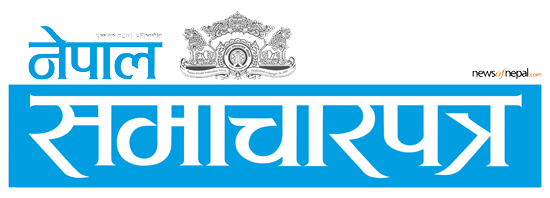Imagine scrolling through your social media feed, confident that the information you are seeing is accurate and reliable. In the digital age, social media has become a primary source of news and information for millions, but the spread of misinformation remains a significant challenge. To combat this, social media companies are implementing various strategies to ensure that users receive truthful and dependable content.
Fact-Checking Partnerships
One of the most effective measures against misinformation is the establishment of fact-checking partnerships. Platforms like Facebook, Instagram, and Twitter collaborate with independent fact-checking organizations to review and verify the accuracy of content shared on their sites. These partnerships enable social media platforms to flag and reduce the spread of false information, providing users with the context or corrections they need to find out truth from falsehood.
Algorithmic Adjustments
Social media platforms are also refining their algorithms to prioritize credible sources and reduce the visibility of misleading content. By making these adjustments, platforms can ensure that users are more likely to encounter reliable information from verified accounts and established news organizations. The goal is to elevate authoritative content and limit the reach of harmful misinformation, fostering a more informed online community.
User Education and Alerts
Educating users about the dangers of misinformation and how to identify it is another crucial strategy. Platforms are implementing pop-up alerts and notifications that warn users before they share content that has been flagged as false or misleading. For example, Instagram displays a warning when users attempt to share a post that has been debunked by fact-checkers. These alerts prompt users to think twice and seek more information before sharing, promoting responsible sharing practices.
Promoting Media Literacy
In addition to alerts, social media companies are investing in media literacy campaigns to help users develop critical thinking skills and discern credible information. Initiatives like Twitter’s #KnowTheFacts campaign aims to raise awareness about misinformation. Empowering users with knowledge is key to combating misinformation, encouraging them to verify information before believing and sharing it.
Collaborative Efforts
Tackling misinformation is not a task for social media platforms alone. Collaboration with governments, non-profits, and educational institutions is essential. Platforms are working together with these entities to develop comprehensive strategies and share best practices. This collective effort ensures the integrity of information online, contributing to a more trustworthy digital ecosystem.
Challenges and Future Directions
Despite these efforts, the fight against misinformation is ongoing and complex. The rapid spread of false information, coupled with sophisticated tactics by bad actors, presents significant challenges. However, social media platforms are committed to evolving their approaches and employing new technologies, such as AI, to detect and counteract misinformation more effectively.
Imagine a future where scrolling through your feed means encountering accurate, trustworthy information. For now, staying informed and critical of the content you encounter can help play an active role in holding back the spread of misinformation and fostering a more informed online community.












प्रतिक्रिया